Installing a child seat should be one of the simplest and safest tasks a parent can do inside a vehicle. Unfortunately, that’s not always the case. In many cars—especially those with sporty designs or luxury aesthetics—the lower anchors (LATCH system) and top tether points are either hidden, buried deep behind cushions, or oddly placed.
This can make securing a child seat not only frustrating but potentially unsafe if the installation isn’t perfect. Fortunately, not all cars make this process difficult.
There are several vehicles across a variety of segments—SUVs, sedans, minivans, and even some compact cars—that stand out for excellent anchor accessibility. These models feature wide-set seatbacks, easily visible lower anchors, and top tether hooks that are logically placed and easy to reach.
For busy parents or caregivers who frequently install or remove child safety seats, these thoughtful designs are more than just convenient—they’re a daily game-changer.
The best examples typically go beyond federal safety requirements. Some offer extra-wide second-row seating for three car seats across. Others add plastic guides or spring-loaded flaps that expose the anchors with no digging required. Whether you’re installing an infant carrier, convertible seat, or booster, anchor access can significantly affect both speed and accuracy.
In this article, we’ll highlight 10 vehicles that excel in child seat anchor accessibility, making them ideal choices for growing families or anyone who regularly transports young passengers.
From family SUVs like the Honda CR-V to family-first vans like the Toyota Sienna, these vehicles take the guesswork—and the knuckle-scraping—out of securing your most precious cargo.
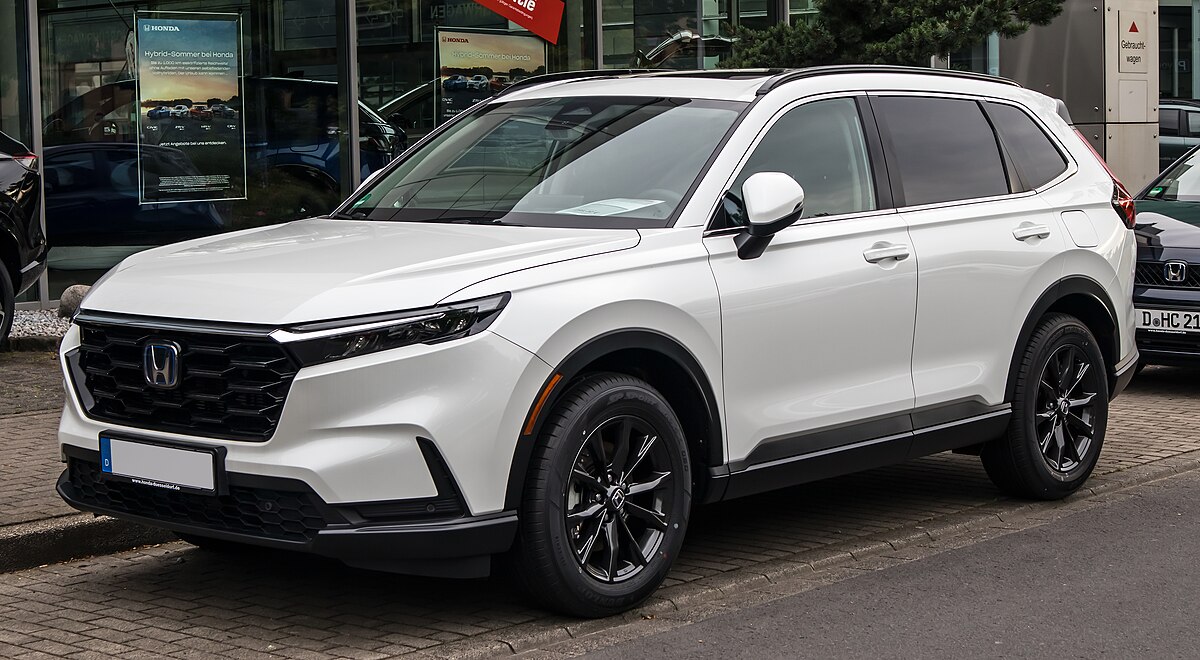
1. Honda CR-V (2017–Present)
The Honda CR-V is a staple in the compact SUV category, and one of the reasons it’s so popular with families is its smart and user-friendly interior design.
Among its family-friendly features, the CR-V stands out for offering exceptionally easy access to child seat anchors. Whether you’re a new parent or someone who frequently swaps out car seats, this SUV takes much of the hassle out of the process.
The lower LATCH anchors are positioned just below the seatback crease and are covered by small, labeled flaps that flip up easily. There’s no need to dig between cushions or push fabric aside.
This design helps speed up the installation and reduces the risk of improper anchoring. Even for first-time parents, the setup is intuitive and requires no hunting around.
The top tether anchors are located high on the seatbacks, clearly visible and accessible from the rear cargo area. In many SUVs, tether anchors are placed low or underneath carpeted flaps, but the CR-V positions them in plain sight.
This makes it easier to secure forward-facing car seats quickly and correctly—especially important if you frequently switch between rear- and forward-facing configurations.
Honda also provides ample rear-seat space in the CR-V, which contributes to smoother child seat installation. There’s enough legroom and headroom to comfortably maneuver even bulky rear-facing convertible seats without having to move the front seats too far forward. This makes it a practical option for taller drivers who don’t want to sacrifice their comfort.
The CR-V’s wide second-row bench can also fit multiple child seats side by side, depending on their size and design. This is a major advantage for families with more than one young child or for carpooling situations. You can even install a car seat in the center seat with relatively little trouble, thanks to the seat’s flat bottom and generous dimensions.
The CR-V is a textbook example of how thoughtful engineering can make parenting tasks far easier. Honda has clearly designed this vehicle with real-life usability in mind, making it one of the best choices for anyone looking for straightforward, stress-free child seat anchor access.
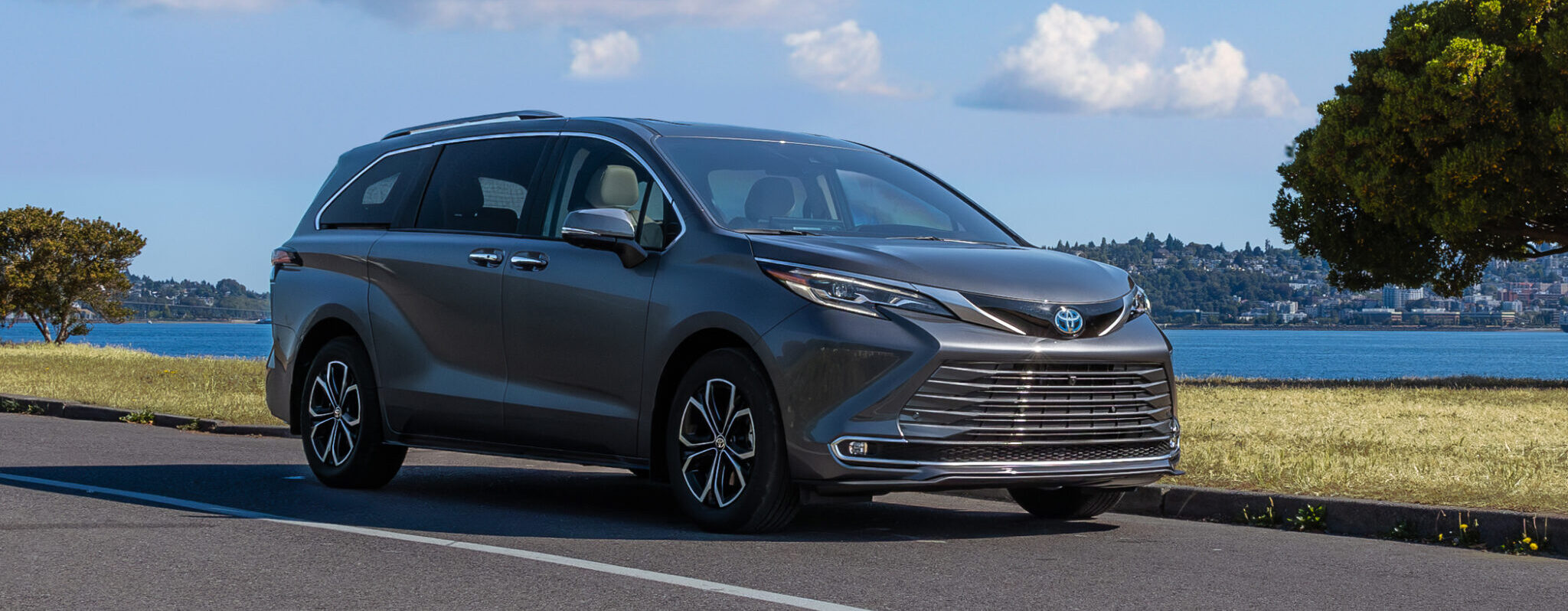
2. Toyota Sienna (2021–Present)
Minivans are often the gold standard for family transportation, and the Toyota Sienna proves why. The latest generation of the Sienna doesn’t just offer space and practicality—it’s built with child seat installation at the forefront, offering one of the best anchor layouts in the entire market.
From wide door openings to multiple seating configurations, everything about the Sienna seems designed to accommodate car seats with ease.
The second-row captain’s chairs (standard in most trims) provide dedicated LATCH anchors that are incredibly easy to see and reach. They sit high on the seatback crease and are surrounded by plastic guides that make it obvious where to connect the car seat latches. There’s minimal fumbling, and no need to dig between deep cushions as you might in an SUV or sedan.
For those who opt for the 8-passenger version, the removable center seat in the second row also includes its own set of LATCH anchors, giving families flexibility in how they install their child seats. This is particularly useful for keeping children close to the front seats while maintaining space for other passengers or gear.
Top tether anchors in the Sienna are equally well-placed. Whether in the second or third row, these anchors are clearly labeled and placed directly behind the seating position—no lifting carpet flaps or moving cargo covers required. This attention to detail ensures that even forward-facing car seats can be secured in seconds, without compromising safety or convenience.
Another benefit is the Sienna’s sliding doors, which provide wide access points that make maneuvering car seats, especially larger, rear-facing models, far easier than in crossover SUVs. Parents can lean in from multiple angles and have room to work without straining their backs or banging their knees.
All in all, the Toyota Sienna sets the benchmark for easy child seat installation. From its thoughtfully positioned anchors to its flexible seating layout and generous access space, it’s clear that Toyota understands what families actually need in their day-to-day lives.
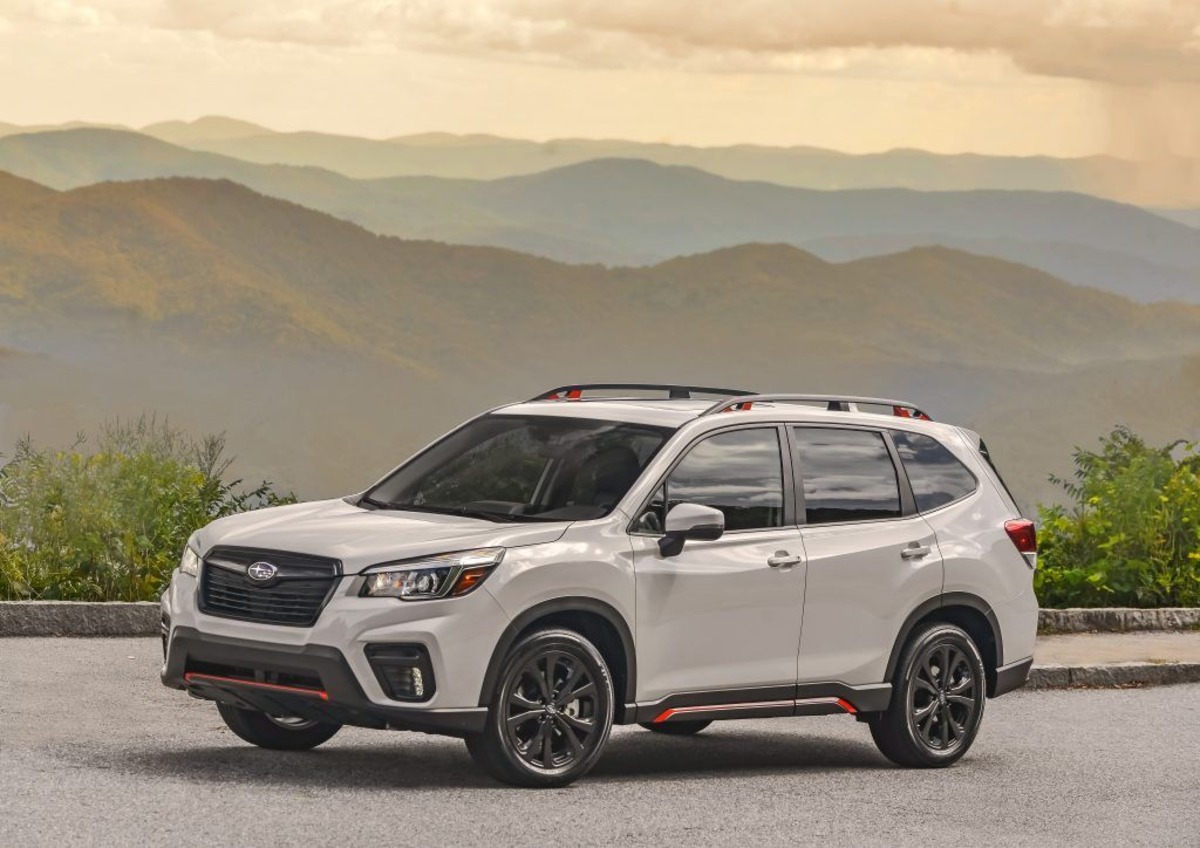
3. Subaru Forester (2019–Present)
The Subaru Forester is known for its rugged utility and all-wheel-drive performance, but it also excels as a family-friendly SUV with exceptional LATCH anchor access. For families who value both safety and usability, the Forester offers a thoughtful interior design that simplifies the often-complex task of installing a child safety seat.
The lower LATCH anchors are straightforward to find. Subaru embeds them just slightly below the seat crease, with minimal cushion interference and clear plastic guides. They’re not hidden behind bulky upholstery or deep inside the seat fabric, which means the install process is fast and intuitive, even for less experienced users.
Rear seat spacing in the Forester is another strong point. There’s generous legroom and wide door openings, which allow for easier maneuvering of large infant carriers or rear-facing convertible seats. This also makes it possible to maintain a comfortable front seating position without having to scoot the seats far forward—ideal for taller parents who still need legroom.
Top tether anchors are conveniently mounted on the rear seatbacks and clearly labeled. There’s no guessing or groping behind headrests, and because they’re in plain view, you’re less likely to forget them during installation—an unfortunately common mistake among hurried parents.
Subaru’s safety reputation plays a big role here, too. The brand goes beyond minimum requirements with thoughtful features that enhance peace of mind. That includes structural design for better side-impact protection and easy-to-clean interior materials for those inevitable spills and messes that come with parenting.
Additionally, the Forester’s second row has a relatively flat seat design and good width, allowing for two or even three car seats, depending on size. It’s one of the few compact SUVs where three across is actually possible with the right car seat combination, making it an efficient choice for growing families.
In short, the Subaru Forester delivers both the capability you expect from an adventure-ready SUV and the practicality you need for daily parenting duties. Its well-designed anchor system is just one more reason it’s such a popular choice among young families.
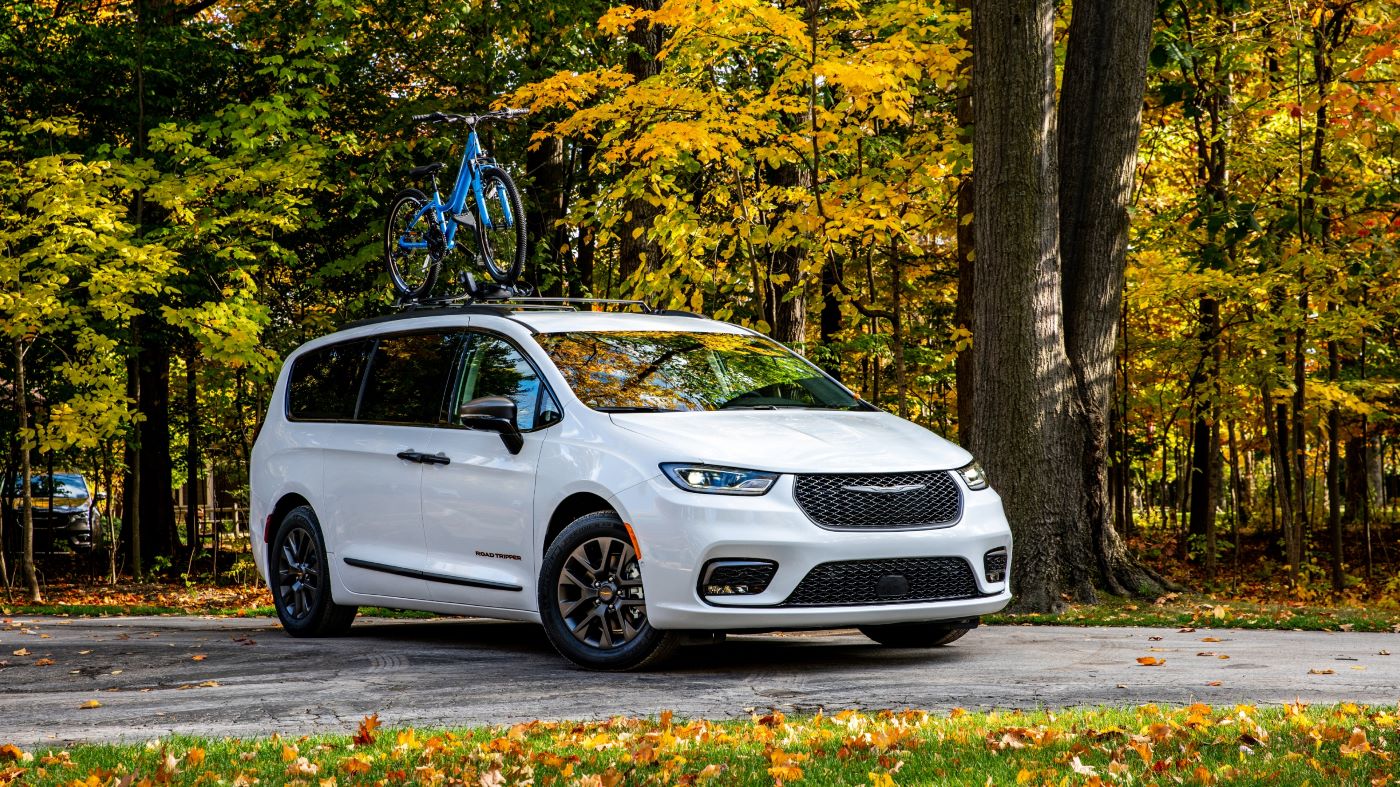
4. Chrysler Pacifica (2017–Present)
The Chrysler Pacifica is often hailed as one of the best minivans for families, and that reputation is well-earned, especially when it comes to child seat installation ease. With its combination of space, smart design, and user-friendly LATCH anchor layout, the Pacifica turns one of parenting’s more annoying tasks into something refreshingly manageable.
Each second-row seat in the Pacifica comes equipped with clearly marked LATCH anchors, often surrounded by firm plastic trim that makes them pop out visually and physically. This eliminates the struggle of digging into cushions or fighting upholstery just to get your seat properly latched. In the third row, two seating positions offer tether anchors and LATCH, a feature not all minivans include.
The second-row seats also have wide bases and sufficient recline adjustment, giving parents more flexibility in getting the right angle and fit for both rear- and forward-facing seats. Even bulky convertible models slide into place with minimal shoving or awkward maneuvering, thanks to the Pacifica’s spacious rear cabin and floor height.
The top tether anchors in the Pacifica are intelligently placed. They’re not hidden under carpet flaps or awkward plastic doors—instead, they sit high on the seatbacks or cargo wall and are clearly labeled. This is particularly helpful for those installing forward-facing car seats or boosters with tether straps, who need to confirm a secure connection quickly.
If you choose a Pacifica with Stow ‘n Go seating, you’ll also appreciate that Chrysler maintained anchor accessibility despite the complex seat-folding mechanisms. You get the best of both worlds: practical anchor access and flexible interior storage without compromise. That’s a rarity in the minivan market.
From wide door openings to rear climate vents positioned to keep kids comfortable, the Pacifica’s design choices reflect Chrysler’s deep understanding of family life. Its child seat friendliness makes it one of the most complete family vehicles available.
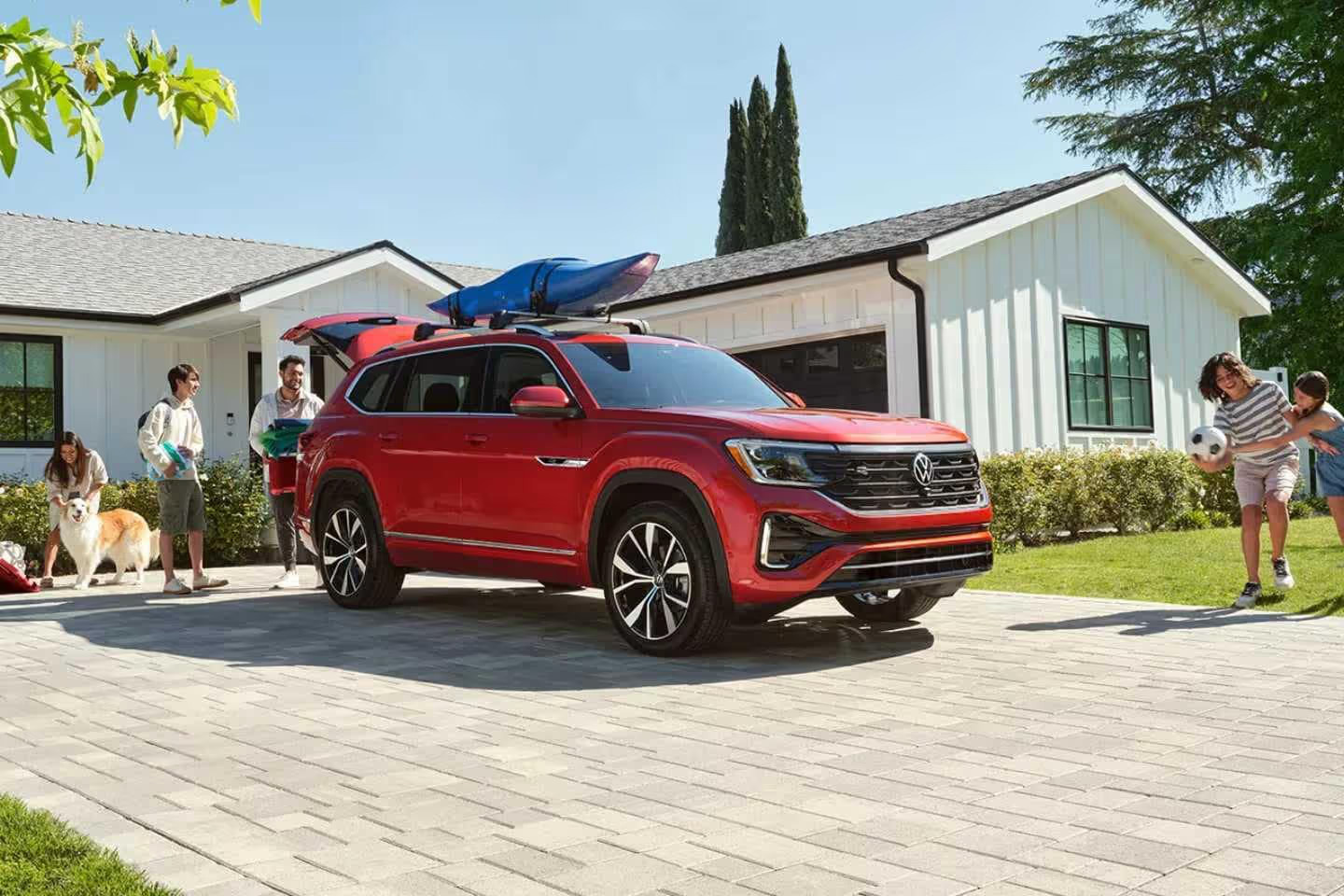
5. Volkswagen Atlas (2018–Present)
The Volkswagen Atlas may not be the most talked-about family SUV, but it deserves attention for one standout trait: excellent child seat anchor access across all three rows. If you’re a parent looking for flexibility and ease when it comes to installing car seats, especially multiple at once, the Atlas is a top-tier choice.
The second-row bench (or optional captain’s chairs) offers easy-to-find LATCH anchors behind labeled covers, complete with wide separation between them. This makes it easy to secure two or even three car seats side by side without feeling cramped or risking improper installation. The cushion design also helps, as the seats are flat and firm enough to support car seats without excessive tipping or shifting.
A huge bonus with the Atlas is its third-row anchor setup. Unlike many competitors that require awkward reaching or offer only tether anchors in the third row, the Atlas includes both LATCH and tether anchors in multiple third-row positions. This gives large families or caregivers incredible flexibility—children of different ages and seat types can be positioned wherever works best.
Top tether anchors are clearly marked and easy to reach, even in the third row. Volkswagen places them high enough on the seatbacks to be visible without needing to move cargo or bend into tight spaces. This makes a major difference when you’re trying to get a secure installation quickly, especially with squirming toddlers in tow.
Another great feature is the Atlas’s rear seat tilt-and-slide function. You can access the third row even with a forward-facing car seat installed in the second row, provided it’s secured with the LATCH system. This clever feature is a game-changer for parents who regularly carry both small kids in car seats and older children or adults in the third row.
In summary, the Volkswagen Atlas delivers top-notch practicality for modern families. Its abundant anchor points, easy-access layout, and roomy cabin make it one of the most versatile and child seat–friendly SUVs on the market today.

6. Honda Odyssey (2018–Present)
The Honda Odyssey has long been a favorite among family minivan shoppers—and with good reason. Beyond its impressive versatility, sliding doors, and configurable seating, the Odyssey excels when it comes to child seat anchor access, offering one of the most intuitive and parent-friendly designs on the road today.
Second-row seating is where the Odyssey truly shines. Each of the outboard seats features easy-to-locate LATCH anchors, which are housed behind hard plastic flaps that open cleanly and stay out of the way during installation. There’s no hunting through deep seat gaps or fighting with upholstery—just clear, immediate access. Even the center seat, depending on trim and configuration, can accommodate a child seat with LATCH.
The top tether anchors are just as well-placed. Located near the top of the seatbacks, they are clearly labeled and easy to reach without any need to remove headrests or climb into the cargo area. This becomes particularly useful when you’re rushing through school drop-off or daycare runs and need to re-secure a seat quickly.
Another hallmark of the Odyssey’s design is its Magic Slide™ second-row seating system. This feature allows the outboard seats to move side-to-side and front-to-back, giving you flexible access for easier installation. It also allows you to better position car seats for family needs—such as sliding a seat closer to a sliding door or making more space between multiple seats for added comfort.
Even the third row in the Odyssey offers tether anchors and enough width to fit booster seats or slimline convertible models. It’s rare to find a third row that’s genuinely car seat-friendly, and Honda gets this balance just right.
If child seat installation is a top priority, the Odyssey is difficult to beat. Everything from the physical anchor layout to the cabin space and seat mobility works in a parent’s favor, making it a near-effortless experience even for families with multiple kids in different seat stages.
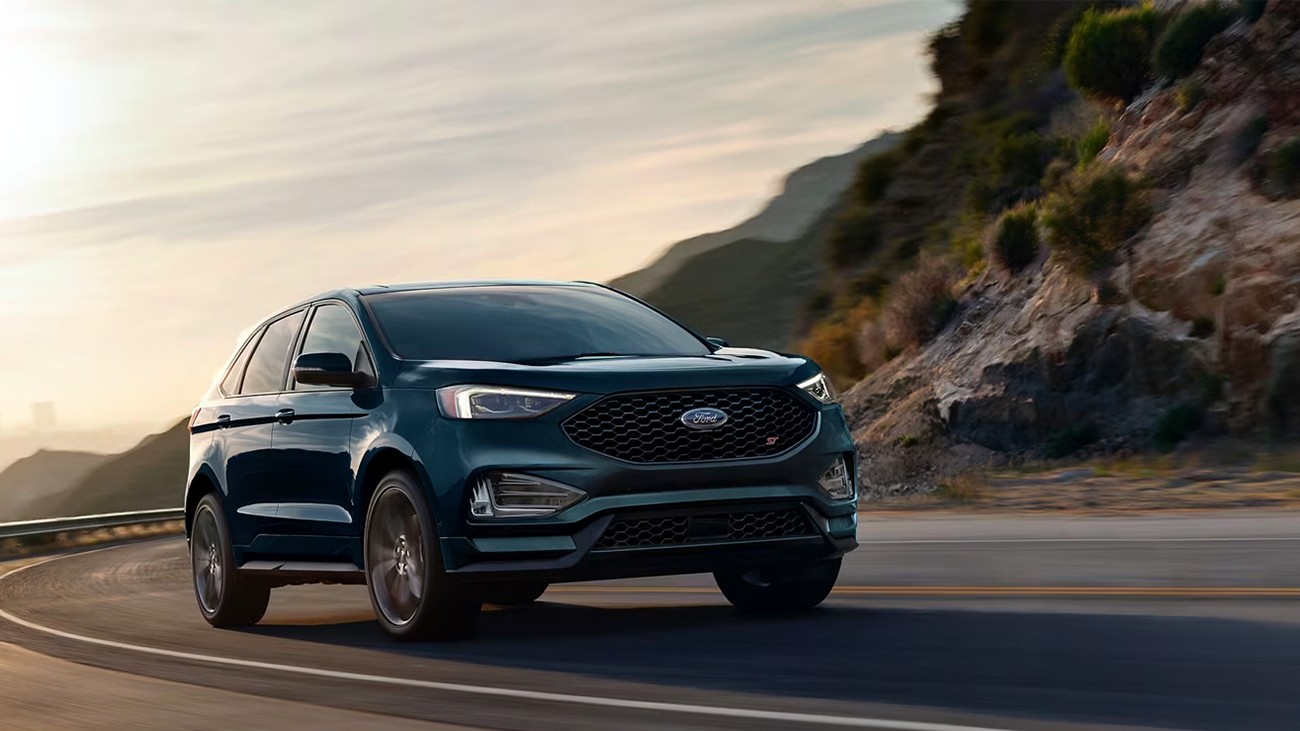
7. Ford Edge (2015–Present)
The Ford Edge might not have the same name recognition in the parenting world as minivans and larger SUVs, but it’s one of the easiest midsize SUVs for installing child seats. It combines practical rear seating, well-marked anchor points, and a surprisingly wide second row that makes it a hidden gem for families.
Starting with the lower LATCH anchors, Ford does a great job here. The anchors are clearly marked with symbols on the seatbacks, and they sit just above the seat crease, making them simple to find and easy to reach. Plastic guide inserts around the anchor points prevent deep seat cushion interference, meaning the connectors click in easily and securely.
Top tether anchors are positioned high on the rear seatbacks and are easily visible when standing behind the vehicle with the hatch open. This makes them extremely convenient for forward-facing car seat installation. There’s no fishing for hidden loops or flipping up carpeted covers, which can be a pain in many competing models.
Another standout feature is the Edge’s interior width. Though technically a two-row SUV, the second row is surprisingly broad, giving ample room for installing two child seats side by side—or even three across with narrower models. This level of flexibility in a midsize SUV makes it attractive to families who want the maneuverability of a smaller vehicle without sacrificing child-seat functionality.
The Edge also benefits from wide rear door openings and a relatively flat load floor. These details matter more than you might think, especially when trying to angle a bulky infant carrier into place without waking a sleeping baby. It’s clear Ford paid attention to usability, even if they don’t market the Edge directly to families.
All in all, the Ford Edge may fly under the radar, but it’s an excellent family vehicle that nails the fundamentals of easy child seat installation. For anyone looking for a non-minivan option with serious practicality, it’s worth a closer look.
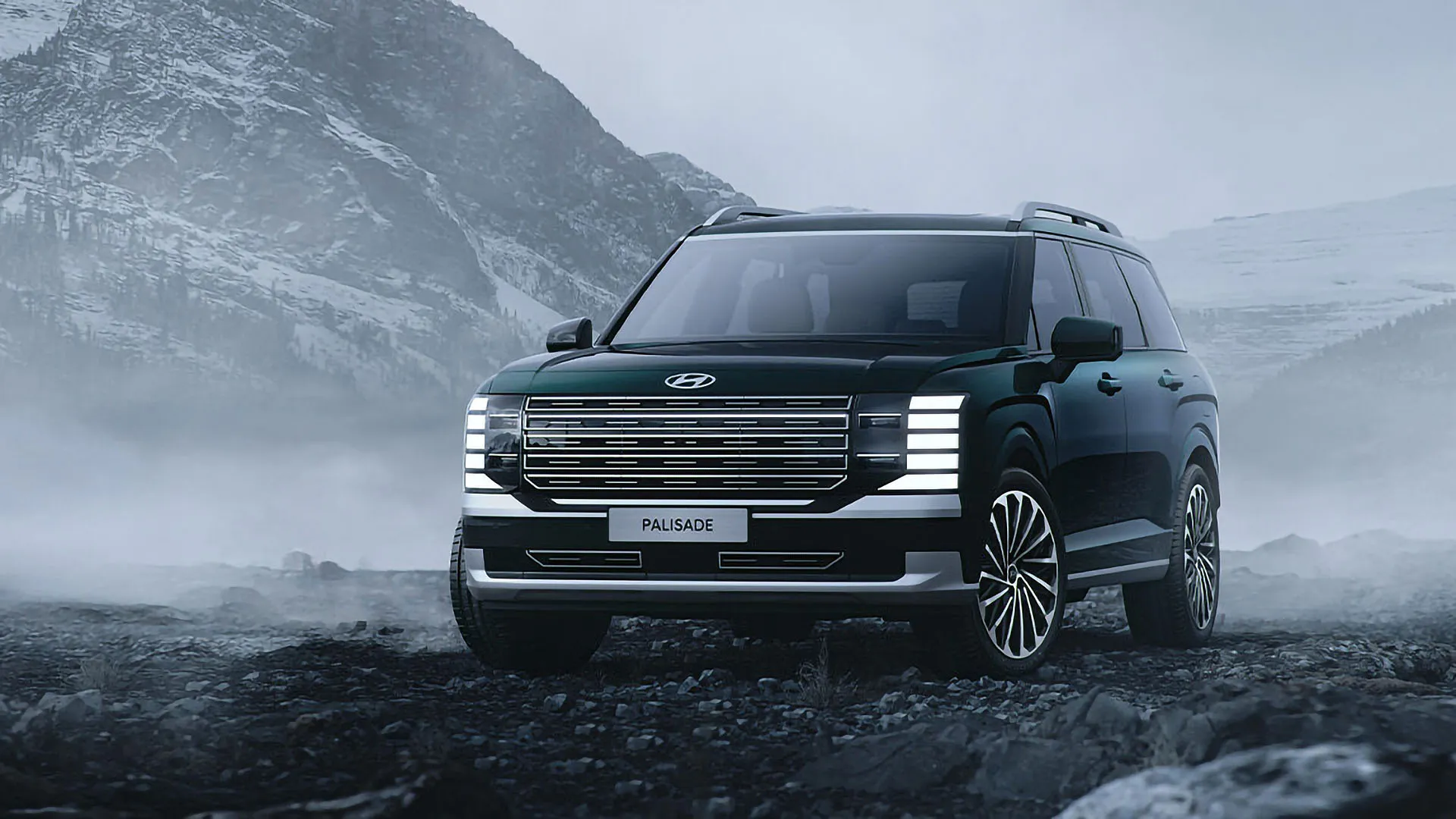
8. Hyundai Palisade (2020–Present)
The Hyundai Palisade has quickly become one of the most popular three-row SUVs, thanks to its upscale design, tech features, and spacious interior. But beyond its curb appeal, the Palisade is also one of the best vehicles for child seat installation, making it a favorite among growing families.
In the second row—whether equipped with a bench seat or captain’s chairs—the LATCH anchors are clearly marked, easily accessible, and housed within plastic guides that make them a breeze to find. The positioning is spot-on, and there’s enough seat cushion firmness to support car seats without sagging or misalignment.
The third row is equally impressive. Unlike many competitors that skip LATCH anchors in the far back, the Palisade includes two full LATCH sets in the third row—a major win for large families. Parents can confidently install convertible or booster seats in the rear without feeling like they’re compromising safety or ease of use.
Top tether anchors are present in all rear seating positions that support child seats. They’re clearly labeled and easily reachable from the back of the vehicle. This means no need for awkward adjustments or seat removal to secure a forward-facing car seat—something busy parents deeply appreciate.
The Palisade’s wide rear doors and relatively high roofline make loading and unloading child seats a lot easier than in lower-slung crossovers. There’s room to move around inside the cabin during installation, and the second-row seats tilt and slide forward for third-row access, even with a car seat installed.
Hyundai’s family-first design philosophy shines through in the Palisade. It’s not just about having the right features—it’s about making those features easy to use. For families with two or more children, or those in need of carpool flexibility, the Palisade delivers with confidence.
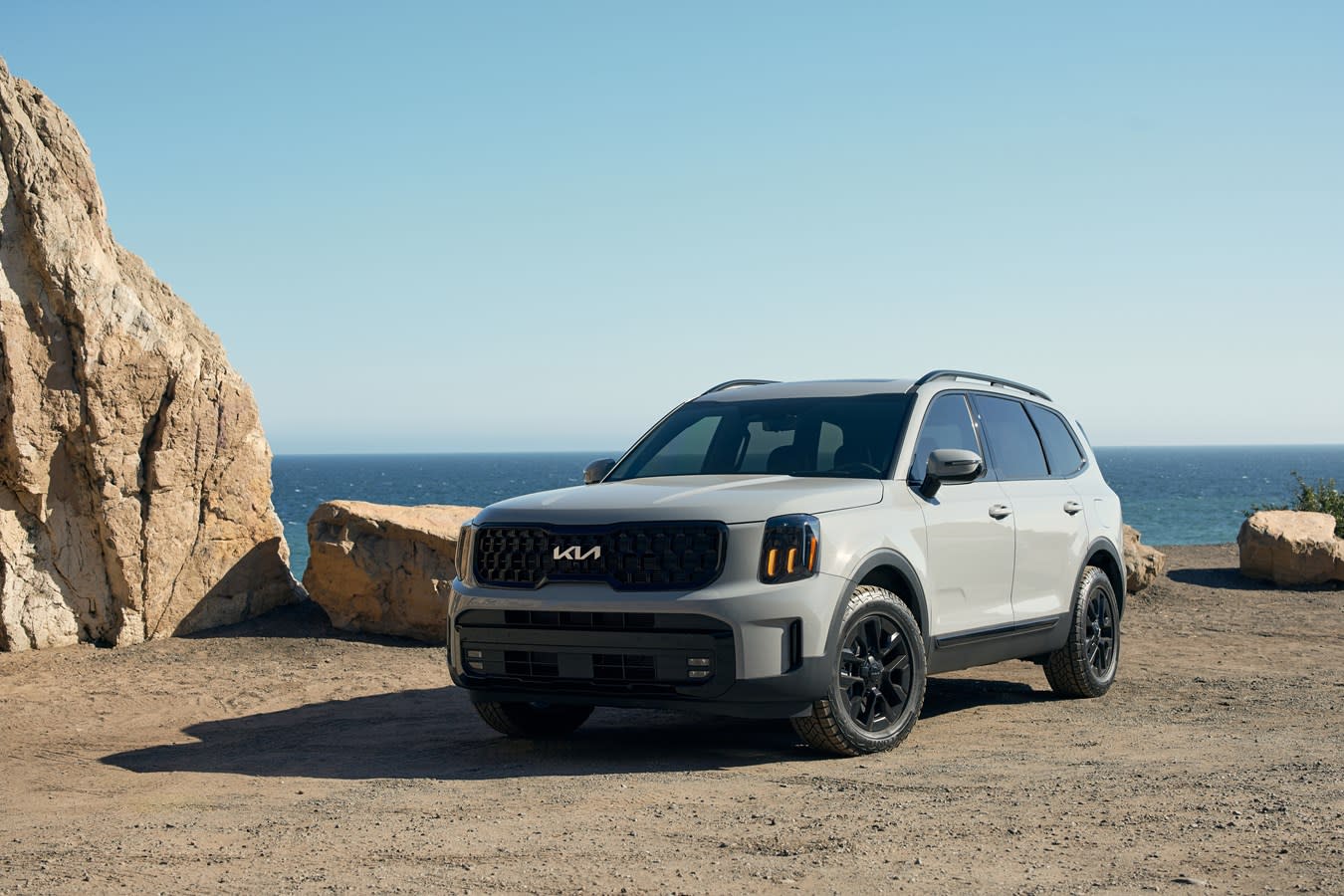
9. Kia Telluride (2020–Present)
Sibling to the Hyundai Palisade, the Kia Telluride offers nearly identical mechanical underpinnings, but with a slightly different design language. More importantly, it matches the Palisade in offering superb anchor accessibility across all rows, making it a standout SUV for family use.
The Telluride features three full sets of LATCH anchors in the second row when equipped with a bench seat, or two sets when using captain’s chairs. Each anchor is surrounded by a plastic trim bezel, which acts like a guide and prevents the seat fabric from getting in the way. This allows for a clean, precise car seat installation every time.
Third-row anchor access is equally impressive. Two sets of LATCH anchors in the back row make it one of the rare SUVs where you can install car seats in the rear without compromise. The tether anchors are clearly visible and located on the seatbacks, eliminating the usual struggle to locate obscure loops under cargo covers.
One of the most user-friendly features in the Telluride is its second-row seat movement. Even with a car seat secured using LATCH, the slide-and-tilt mechanism allows passengers to access the third row—an incredibly useful feature that demonstrates Kia’s understanding of real-world parenting scenarios.
Rear cabin space is plentiful, with wide openings and high ceilings that make maneuvering a car seat far less awkward than in smaller SUVs. Whether you’re installing a rear-facing infant seat or a forward-facing booster, there’s ample space to work comfortably.
The Telluride’s family-oriented layout, excellent anchor visibility, and thoughtful seat movement mechanisms make it a top choice in the three-row SUV segment. It’s more than just a stylish ride—it’s a parenting tool that works seamlessly in everyday life.
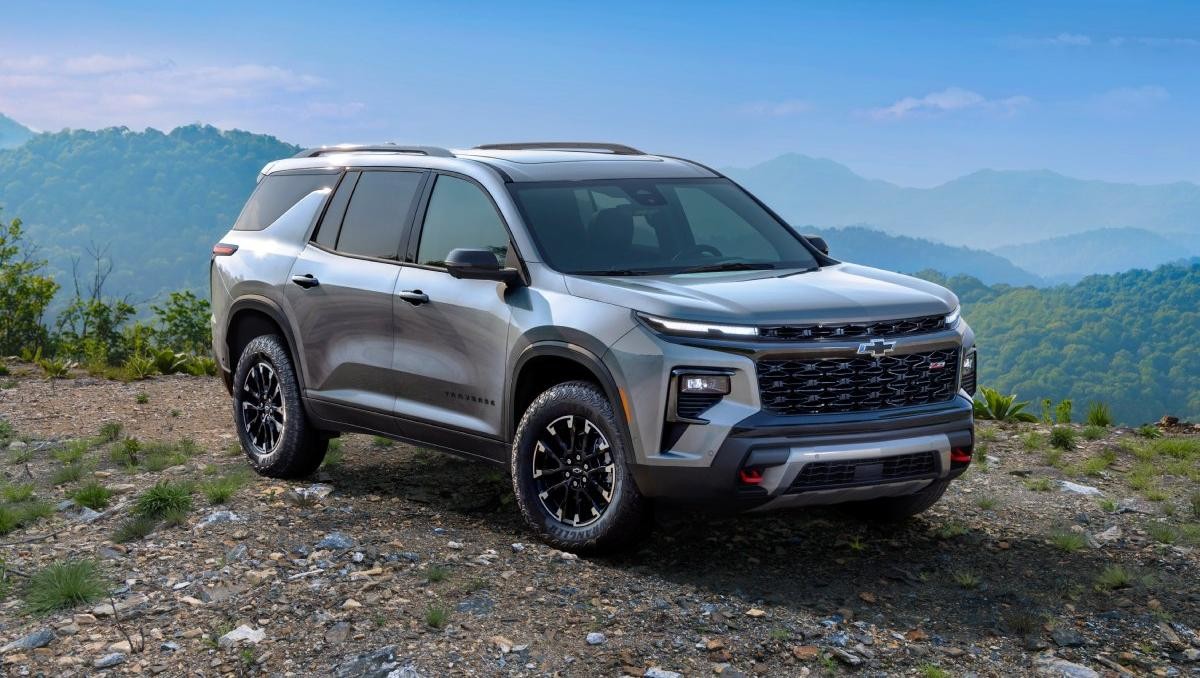
10. Chevrolet Traverse (2018–Present)
Rounding out the list is the Chevrolet Traverse, a spacious three-row SUV that’s often overlooked despite offering outstanding car seat accessibility. For large families or those who need serious seating flexibility, the Traverse makes life easier without overcomplicating installation tasks.
In the second row—whether using the bench or captain’s chairs—you’ll find wide-set and clearly marked LATCH anchors. Chevy uses a smart combination of stitched fabric slots and plastic guides to ensure you’re never left guessing. You can literally reach in and clip the connectors with one hand, which is great for parents handling restless toddlers or holding babies in the other arm.
Top tether anchors are placed high on the seatbacks and are always in clear view. You won’t find them buried behind removable panels or under cargo flaps. This makes switching a car seat from rear-facing to forward-facing configuration as simple as can be, even on a time crunch.
The Traverse also boasts one of the widest interiors in its class, which helps significantly when trying to fit three car seats side by side in the second row. It’s one of the few non-minivan vehicles where this can be done without relying on super-slim seat models.
Third-row anchor access is decent, too. While not as generous as the second row, Chevrolet includes tether anchors in multiple rear positions, and the available space allows booster seats or narrow car seats to fit securely. The second-row tilt-and-slide function remains usable even with a car seat installed using the LATCH system—perfect for getting older kids into the back row without removing the baby seat.
If your parenting journey involves juggling three or more children, or rotating seats often between carpoolers, the Chevrolet Traverse is a spacious and sensible solution. It combines utility, visibility, and anchor access into one of the most practical packages for modern families.
Also Read: Top Engines That Outlived the Brands That Made Them
For parents and caregivers, the process of installing a child car seat should be straightforward, safe, and stress-free. Unfortunately, many vehicles still fail to prioritize ease of use when it comes to anchor access, focusing more on aesthetics or comfort rather than real-world practicality.
However, the vehicles highlighted in this article stand out for their thoughtful and intuitive design, ensuring that the installation of child safety seats is not only easier but also safer.
Throughout this list, whether it’s compact SUVs like the Honda CR-V and Subaru Forester or full-size family options like the Volkswagen Atlas and Chevrolet Traverse, these vehicles share one common thread: they simplify the process of securing a child seat without sacrificing safety.
Features such as clearly labeled LATCH anchors, easily accessible top tether points, and plastic guide inserts make the installation process straightforward. What might seem like small conveniences can make a world of difference, especially when managing the everyday chaos of parenting.
Minivans such as the Toyota Sienna, Honda Odyssey, and Chrysler Pacifica go even further to accommodate families. These models offer not just easy child seat anchor access but flexible seating arrangements, sliding doors for easier entry and exit, and third-row seating options that do not compromise safety for space. The integration of such family-friendly features showcases that practical design and parent-oriented functionality can indeed go hand-in-hand.
Three-row SUVs like the Hyundai Palisade, Kia Telluride, and Chevrolet Traverse also shine in their own right, offering ample seating while maintaining excellent anchor accessibility.
These models extend anchor functionality beyond the second row, equipping the third row with full LATCH sets and tether anchors, making them particularly suitable for larger families or those who regularly carpool. Such designs highlight the growing trend of automakers recognizing the need for versatility and ease of use in family vehicles.
Ultimately, the accessibility of child seat anchors is more than a convenience—it is a matter of safety. Many parents may not realize that improper installation of child seats continues to be a leading cause of child passenger injuries and fatalities.
By simplifying the installation process, these vehicles contribute to enhancing child safety and reducing the risk of misuse. The thoughtful design in these 10 vehicles shows a commitment to both practicality and safety, offering families peace of mind during every journey.
As you consider your next family vehicle, it’s important to prioritize the details that will impact you and your loved ones every day. While features like horsepower, infotainment systems, and style may be important, the ease of installing and securing child safety seats should take precedence.
These vehicles prove that when manufacturers design with families in mind, they provide solutions that are safer, smarter, and more functional for all passengers, regardless of age.
